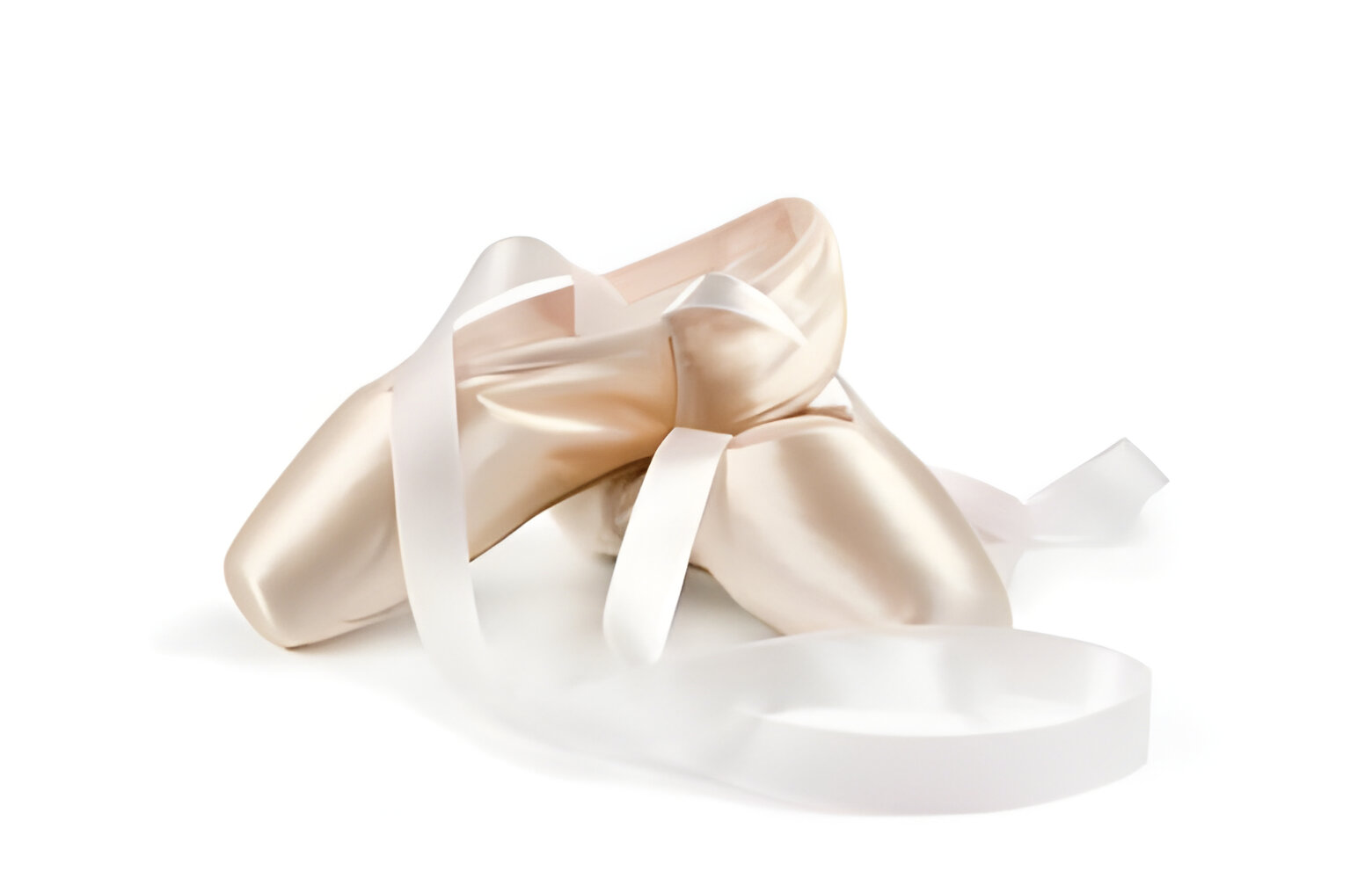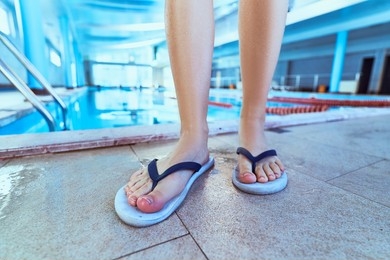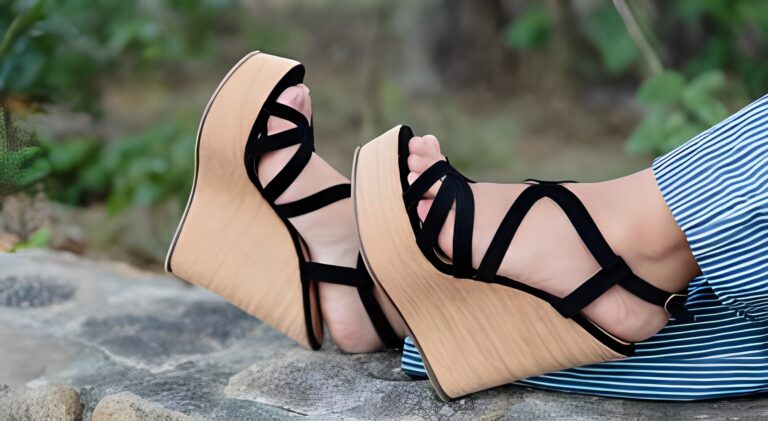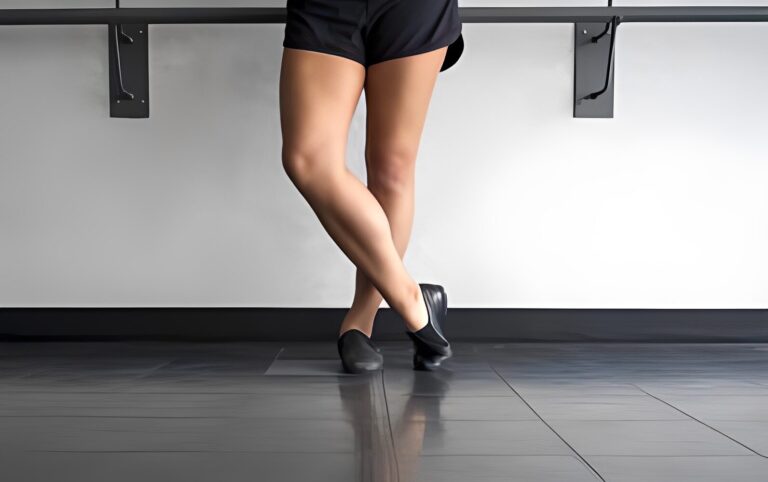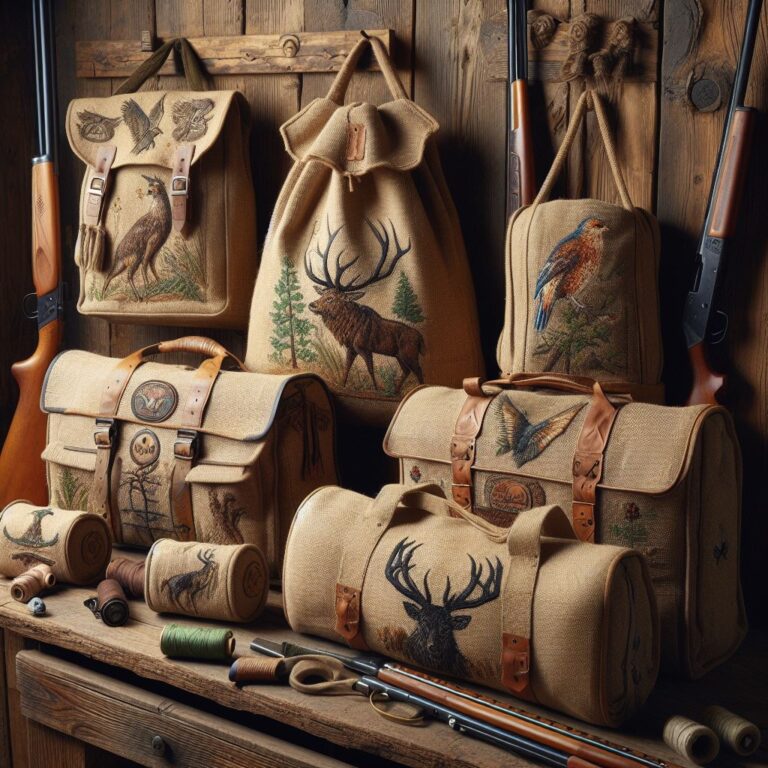How Are Ballet Shoes Supposed to Fit?
Ballet is a graceful and demanding art form that requires precision and technique. One crucial element for dancers to perform at their best is proper-fitting ballet shoes. The fit of ballet shoes not only affects comfort but also significantly impacts performance and prevents injuries. In this article, we’ll explore everything you need to know about how ballet shoes are supposed to fit.
Anatomy of Ballet Shoes
Before diving into the fitting process, let’s familiarize ourselves with the anatomy of ballet shoes. Ballet shoe typically consist of a soft, flexible sole made of leather, canvas, or satin, and a snug-fitting upper that encases the foot. Different styles of ballet shoe, such as ballet slippers, pointe shoes, and ballet flats, serve various purposes and have distinct features.
Determining the Right Size
The first step in finding the perfect pair of ballet shoe is determining the right size. Unlike street shoes, ballet shoe often require a different sizing approach. It’s essential to measure your foot accurately, considering both length and width. Keep in mind that ballet shoe should fit snugly to provide support and prevent blisters, but not too tight to restrict movement or circulation.
Fitting Process
When trying on ballet shoe, it’s crucial to follow a step-by-step fitting process to ensure an optimal fit. Start by trying on different sizes and styles to find the best match for your feet. Pay attention to how the shoes feel as you move and dance in them. Make sure there’s enough room for your toes to wiggle without sliding around inside the shoes.
Proper Fit Indicators
There are several indicators to look for to determine if ballet shoe fit properly. The shoes should hug the contours of your feet without any gaps or wrinkles. Your toes should lie flat and comfortably against the sole, with minimal excess fabric at the front. Additionally, the heel should fit snugly without slipping up and down as you walk or dance.
Read Also: How to Clean Lambswool Slippers
Breaking In Ballet Shoes
New ballet shoes may feel stiff and uncomfortable at first, but they will gradually mold to the shape of your feet with wear. To expedite the breaking-in process, you can gently stretch the shoes or apply leather conditioner to soften the material. However, avoid overstretching or modifying the shoes excessively, as it may compromise their structural integrity.
Maintenance and Care
To prolong the life of your ballet shoe and maintain their fit, it’s essential to practice proper maintenance and care. Always store your shoes in a dry, well-ventilated area away from direct sunlight and moisture. Clean them regularly with a soft brush or damp cloth to remove dirt and debris, and allow them to air dry completely before wearing them again.
Special Considerations
If you have specific foot shapes or conditions such as wide feet, bunions, or high arches, you may need customized ballet shoe or additional support inserts. Consult with a professional fitter or podiatrist to find the best solution for your individual needs.
Importance of Proper Fit
Properly fitted ballet shoe are not just about comfort; they play a crucial role in enhancing performance and preventing injuries. Ill-fitting shoes can lead to blisters, calluses, and even more severe foot problems over time. Investing in high-quality, well-fitted ballet shoes is essential for dancers of all levels to achieve their full potential safely.
Read Also: How to Clean African Slippers
Conclusion
Finding the right fit for your ballet shoes is essential for dancers to perform at their best and stay healthy. By following the proper fitting process and paying attention to fit indicators, you can ensure a comfortable and supportive fit that allows you to dance with confidence and grace.

